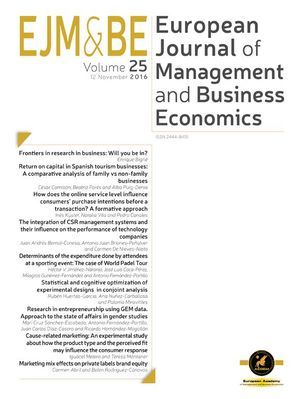Como resultado del desarrollo de los nuevos países emergentes, China y Brasil entre otros, los paradigmas competitivos tradicionales basados en las ventajas relacionadas con costes y eficiencias de calidad ya no son suficientes. Estos paradigmas relacionaban la competitividad clásica con el grado de innovación tecnológica y el empleo de los recursos del cluster por sus miembros. Sin embargo, la combinación de un conocimiento adecuado y la gestión del marketing relacional aporta una reconsideración de los modelos actuales de competencia que van más allá del análisis del cluster tradicional. El objetivo de este trabajo es analizar la estructura de gobernanza de la cadena de valor territorial en el cluster cerámico español, a través de la comprensión de las funciones anteriores y actuales de los diversos sectores involucrados en el sistema de creación de valor. Por medio de un estudio de casos y el enfoque de la metodología cuantitativa, se explora el cambio de paradigma donde los actores tradicionales de la cadena de valor están perdiendo el control de su contribución al sistema de creación de valor territorial, a la vez que aparecen nuevos actores con una función más estable y prometedora.
As a result of the development of emerging countries such as China and Brazil, the traditional competitive paradigm based on the cost benefits and efficiencies related to quality, are not enough nowadays. These paradigms related the classical competitive with the degree of technological innovation and the use of cluster resources by its members. However, the combination of adequate knowledge and relationship marketing management provides a review of current models of competition that goes beyond the traditional cluster analysis. The aim of this study is to analyze the governance structure of the territorial value chain in the Spanish ceramic tile cluster, through the understanding of past and current roles of the various sectors involved in the creation of the value system. Through the case study approach and quantitative methodology, the study explores the paradigm shift where the traditional actors in the value chain are losing their control over their contribution to the value creation system, while new players with a more stable and promising role are emerging.




